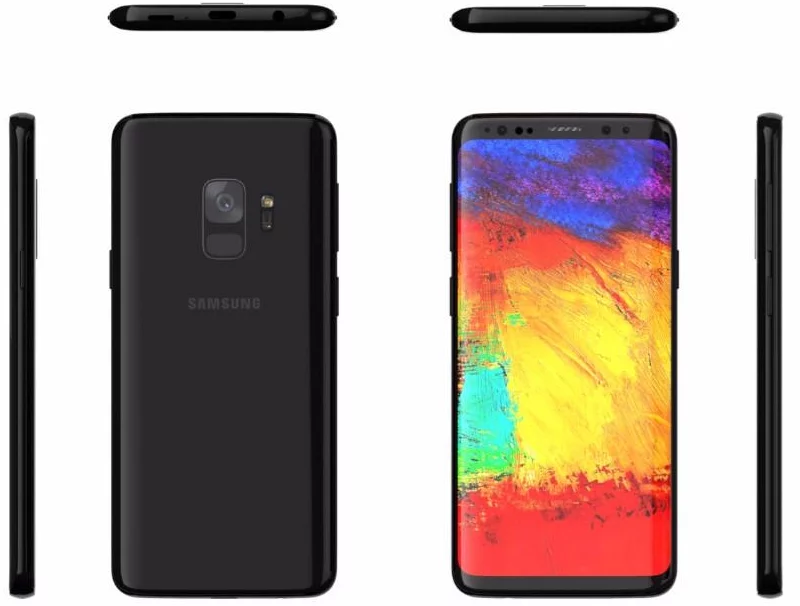Samsung is now rumoured to release its next-generation flagship smartphones, the Galaxy S9 and the Galaxy S9+ on February 26. The devices will be released at the MWC 2018 show floor and will be up for pre-order on March 1, with the sale commencing from March 16, 2018. This news is revealed by Evan Blass who previously revealed complete specifications of the Galaxy S9 duo. Also, he received this info from a sea-level executive at a major casemaker.

Both the Galaxy S9 and S9+ smartphones are in the news for quite some time now, and numerous reports have suggested that the S9 and S9+ will be iterative upgrades to the Galaxy S8 and S8+. Earlier today, both the Galaxy S9 and S9+ are certified by FCC, hinting at imminent launch.
Talking about the rumoured specifications of the Galaxy S9 and S9+, they are expected to flaunt a 5.8-inch QHD+ display and a 6.2-inch QHD+ display respectively. Both the devices will get the top-of-the-line Snapdragon 845 SoC in some markets and Exynos 9810 SoC in some markets such as India. Samsung is still rumoured to stick with 4GB of RAM and up to 256GB of internal storage.
Also, a retail box leak of the Galaxy S9 suggested a 12MP variable aperture camera on both the devices. As per the renders, the S9 will have a single rear camera, while the S9+ will get a dual camera setup at the back. A good change nonetheless. Both the phones are expected to come with variable aperture camera setup with the aperture varying between f/1.5 to f/2.4. Up front, both the phones will get a single camera which is said to be an 8MP unit. And finally, Samsung is looking to move to Stereo speakers from the single mono speaker setup.
Also, the phones will have the same 3000mAh and 3500mAh batteries as their predecessors inside. They both may run Android 8.0 Oreo out of the box, at least if the rumours are to be believed. But with upgraded hardware and power efficiency of the Snapdragon 845, they may deliver better battery life. Other features such as IP68 water and dust rating, wireless charging will be present in both the devices.















